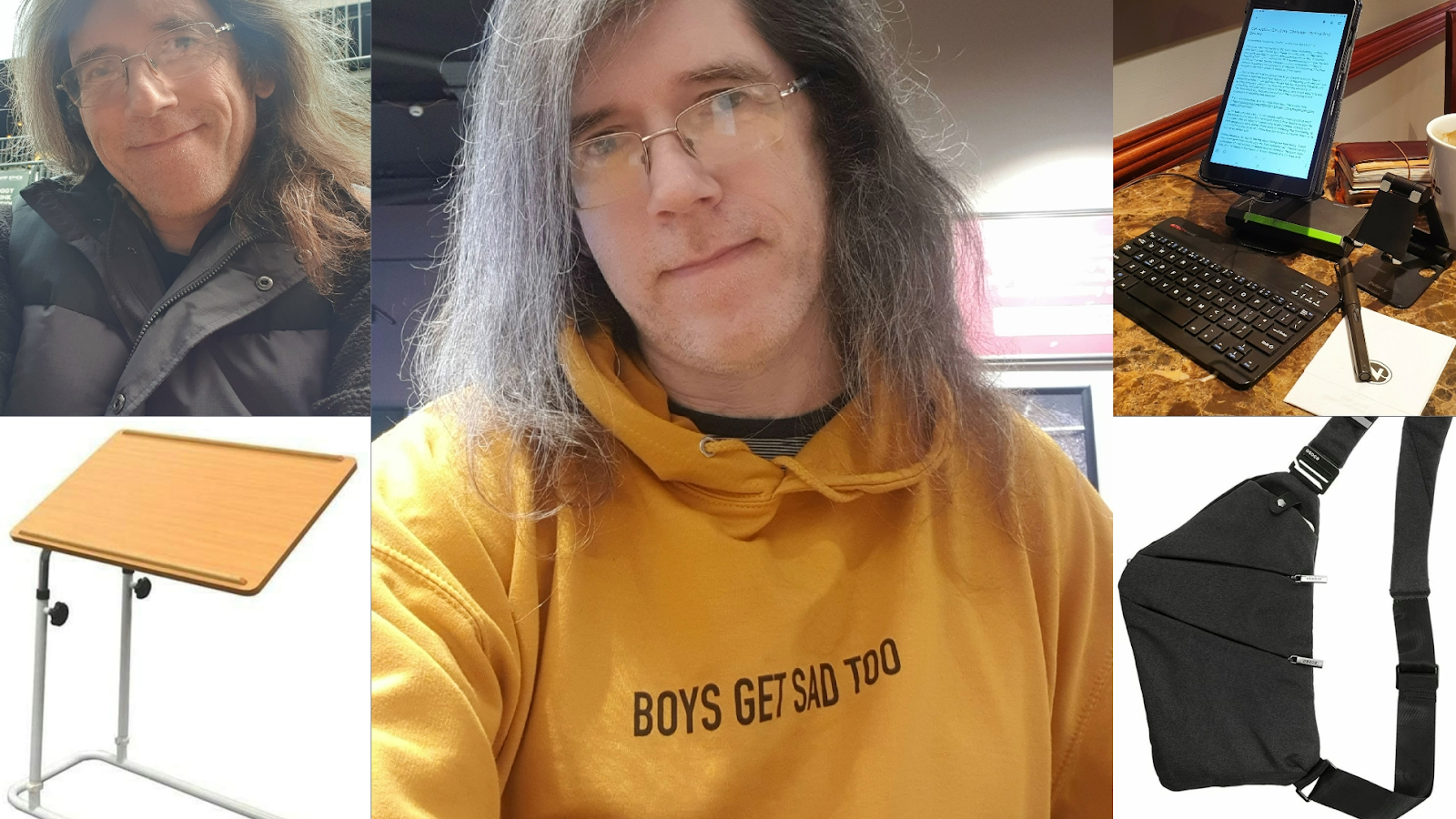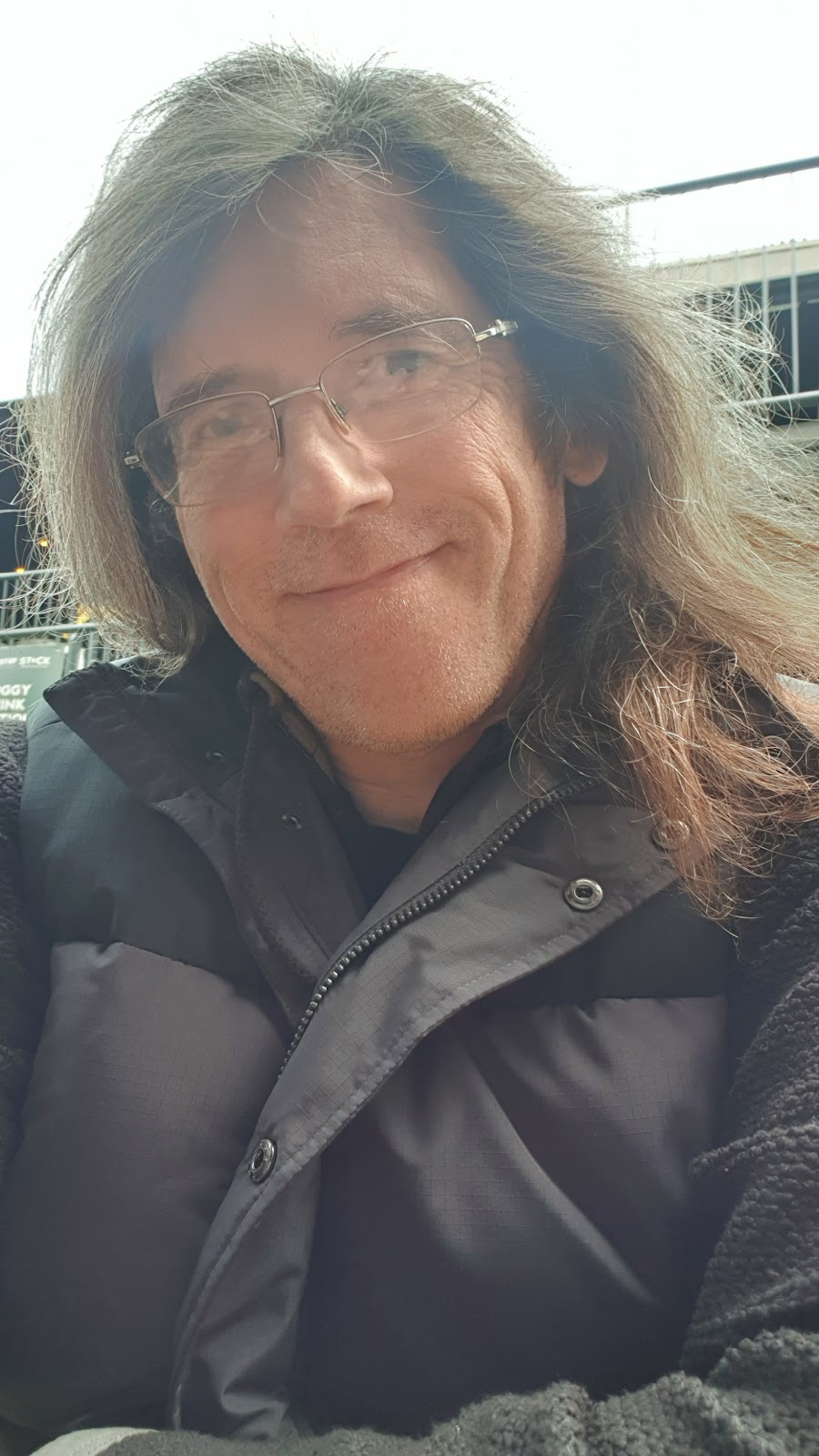Real friendship is when your friend comes over to your house and then you both just take a nap. (Unknown)
As we approach Time to Talk Day (February 3), I can only agree with Rethink Mental Illness that “[c]onversations have the power to change lives — helping to create supportive communities where we can talk openly about mental health and feel empowered to seek help when we need it.” The book Fran and I wrote about our now ten-year friendship is founded on our belief that any successful mutually supportive relationship requires a commitment to communication. That commitment is important no matter how close or far apart you are geographically, but it’s especially so for us, given that we live on opposite sides of the Atlantic.
There’s nothing quite like having someone you feel safe enough with to talk openly and honestly about whatever’s going on for you. It can help enormously, whether you’re simply sharing what’s happening, exploring options, or asking for — or offering — assistance and advice. But support and caring aren’t always about doing things or talking things over. Sometimes there is no need for words. Sometimes there is a need for silence.
I was reminded of this last week on one of our regular evening video calls. Fran and I talked for a while about our respective days, and how we were feeling. We were both pretty low and we talked about that, but we were also really tired. I asked Fran if she wanted to end our call early so she could rest. She thought for a moment, then suggested we stay on the call but spend it resting together quietly.
Even three thousand miles apart on a video call, sharing silence is an intensely personal, even vulnerable, experience. Nevertheless, I agreed readily and closed my eyes. Fran did the same. For maybe twenty minutes we shared the space without words. It was lovely, and much needed. I wasn’t trying to think about anything in particular, or not think about anything in particular. I simply closed my eyes and sat there in my rocking chair. Fran afterwards claimed I’d fallen asleep while we were taking our little time out. I denied it at the time, but I was certainly tired enough for it to have been true!
It reminded me of times early in our friendship when Fran would call me late at night. She was in mania at the time and barely sleeping, her mind was far too active. Talking with me helped calm her down, and sometimes I’d stay quietly on the call until sleep caught up with her. It didn’t always work, but sometimes it did.
Meditation is another great example of sharing quiet time. We started meditating together after Fran read about the potential benefits of meditation in cases of depression. We signed up for a free three-week online course and meditated together on our daily calls. Afterwards, we compared notes and discussed the topics raised in that day’s lesson. It gave us a shared purpose, and the opportunity to explore topics we might otherwise never have encountered.
It’s been a while since we meditated together like that, but I got a lot out of it in the past and we might take it up again at some point. It’s worth saying that it’s not always a comfortable experience, as we describe in our book:
Meditation is by no means always an easy discipline. At times, we have found ourselves confronting aspects of ourselves we were unaware of, or thought closed. As Fran put it, “I think the meditation is bringing up things I need to face. It is making me more aware and I don’t like it. I am resisting it.” Despite the challenges, we persevered, and have completed several courses together. It is immensely supportive in such situations to have someone who understands what we are experiencing, and the context in which it is being experienced.
Fran and I spend a lot of time watching movies and TV shows together. That’s not silence as such, but we tend not to talk much while we’re watching. I used to wonder if we watched too much TV and worried that it had become a substitute for conversation, but I’ve come to value the cosy quiet times when we settle down of an evening to watch our favourite show. It confirms our commitment to each other and provides an opportunity to simply be in each other’s space and lives without needing to “do things” or “talk about stuff” all the time.
Fran’s not the only friend I’ve spent quiet time with. I’ve written previously about visiting my friend and fellow mental health blogger Aimee Wilson for an afternoon of journaling and scrapbooking. We’ve also shared quality quiet time watching movies, writing for our respective blogs, and travelling to and from events. Whatever the circumstance, it’s good to be sufficiently comfortable with someone not to feel the need to fill every minute with conversation.
In writing this post, it’s been interesting for me to think about which friends I spend quiet time with, and those I don’t. With the latter, it’s not necessarily that we couldn’t. In some cases, it’s more that we tend to meet in places or circumstances which are not conducive to silence. It’s something worth bearing in mind when you are planning time with friends. No matter the time or venue, however, we can all allow space for gaps in the conversation to emerge, without immediately needing to fill them with words.
It’s worth pointing out that I’ve been talking about what I might call gentle, peaceable, or consensual silence. We’ve all known the opposite — the awkward, even painful, silences that arise at times between even the closest of friends. If it occurs a lot with certain people, there may be something going on that needs to be brought into the light, but I’ve learned to allow even uncomfortable silences to have their place, without seeking to break or question them at the time. In my experience, they don’t always imply there’s anything wrong with your relationship. They can reflect nothing more or less than the other person’s tiredness, preoccupation with other things, or even episodes of dissociation. Allowing such times to be there without challenging them in the moment can be an act of trust and compassion.
I’m going to close with a few lines written many years ago, which I’ve quoted previously in a post inspired by Ed Sheeran’s “Castle on the Hill.” They recall a time of blissful silence shared with friends at Alderley Edge as night fell across the Cheshire Plain. It remains one of the most profound experiences of my life.
Beneath the trees
Beneath the stars
Cautiously we found each other
And a place for silence.
Do you share quiet time with your friends? What kind of shared silences work for you? How do you handle awkward silences? We’d love to hear from you!
Photo by Leo Rivas on Unsplash.









